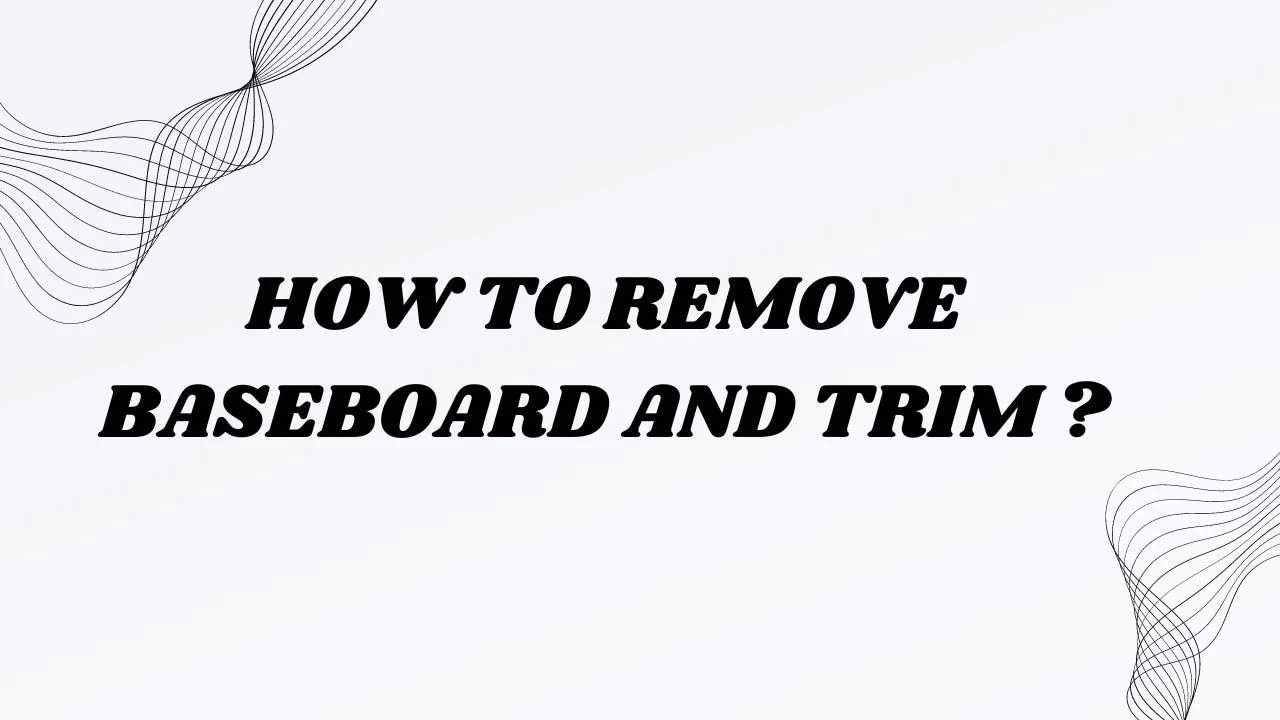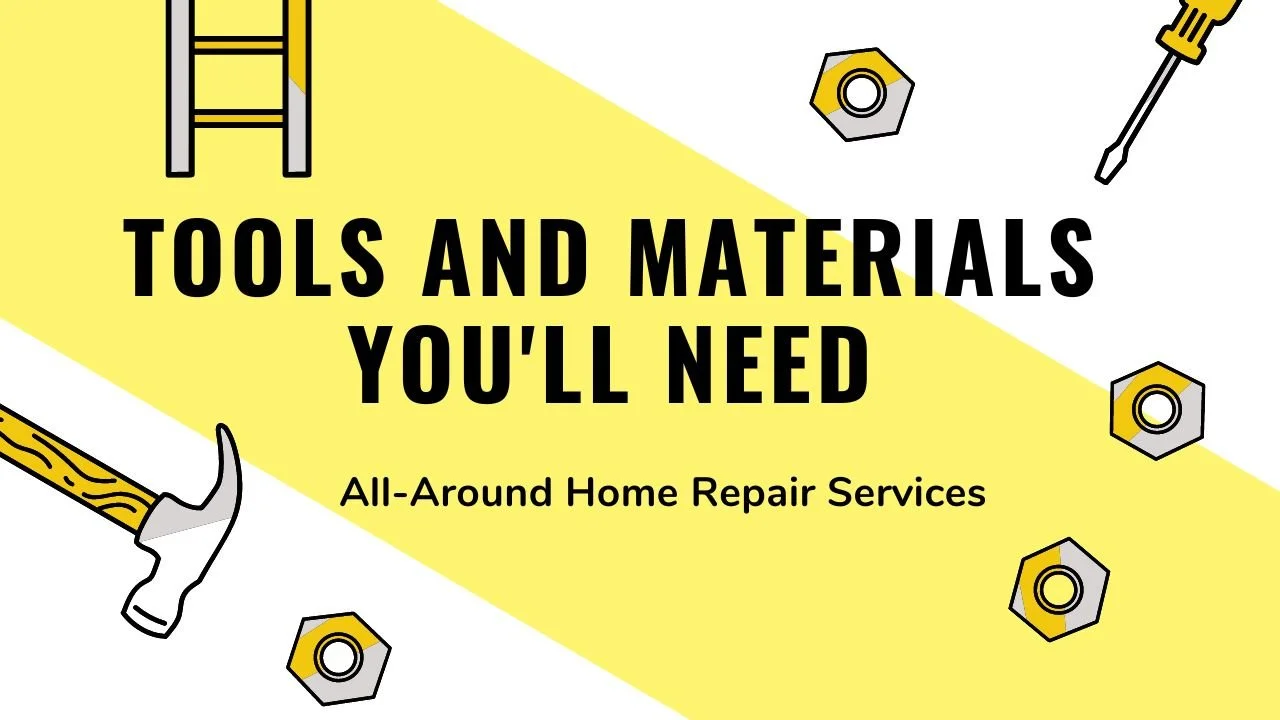How to Remove Baseboard and Trim?
In the realm of home improvement, knowing how to remove baseboard and trim is a crucial skill that empowers homeowners and DIY enthusiasts alike. Whether you're preparing for a renovation, upgrading your flooring, or simply refreshing your space, mastering this process opens up a world of possibilities. In this comprehensive guide, we'll delve into the step-by-step methods for removing baseboard and trim, providing valuable insights and expert tips along the way. Let's dive in and unlock the secrets to effortless baseboard and trim removal.
Understanding Baseboard and Trim
Before we delve into the removal process, let's take a moment to understand the role of baseboard and trim in your home's architecture. Baseboards serve as a finishing touch between the wall and the floor, concealing gaps and providing a polished look. Trim, on the other hand, frames doors, windows, and other openings, adding aesthetic appeal and architectural detail to your space.
Tools and Materials You'll Need
To successfully remove baseboard and trim, gather the following tools and materials :
Pry bar
Putty knife
Utility knife
Hammer
Safety glasses
Container for nails and debris
Optional: Stud finder
Preparing the Work Area
Before you begin the removal process, clear the area around the baseboards and trim of any furniture or obstacles. This creates a safe and spacious workspace, minimizing the risk of accidents. Inspect the baseboards and trim for any visible nails, screws, or adhesive, as these will need to be addressed during the removal process.
Removing Baseboards
To remove baseboards, follow these step-by-step instructions:
Insert the flat edge of the pry bar between the baseboard and the wall at a corner or seam.
Place the baseboard away from the wall, working your way along its length. Take care to avoid damaging the wall or the baseboard itself. If the baseboard is secured with adhesive or caulk, use a putty knife to loosen it along the top edge.
Once the baseboard is detached, carefully set it aside, keeping track of its orientation for reinstallation later.
Removing Trim
Removing trim follows a similar process to removing baseboards :
Start by loosening the trim with a pry bar, taking care not to damage the surrounding wall or trim pieces. Work your way around the perimeter, gradually freeing the trim from its attachments. If the trim is secured with nails, use a hammer to carefully remove them, pulling them out in the direction of the wood grain to minimize damage.
Clean-Up and Repair
After removing the baseboards and trim, inspect the walls and floor for any damage or imperfections. Use a putty knife to fill any nail holes or gaps with wood filler or spackling compound, then sand the repaired areas smooth once dry. Clean any debris or adhesive residue from the walls and floor using a mild detergent or adhesive remover.
Final
If you can't do this whole thing then contact us on our site (wedryrestoration.com ). We can make you work as per your choice. And we provide the best service. We also provide various types of services. Here are all our services (wedryrestoration.com/services).
We understand that dealing with Remove Baseboard and Trim growth can be stressful and overwhelming, which is why we offer 24/7 availability and a commitment to providing exceptional customer service. When you choose our company for your mold remediation needs, you can rest assured that we will work quickly and efficiently to eliminate the mold and ensure that your property is safe and healthy.


